“I want to invest, but I don’t know how.” Sound familiar? You’re not alone. The idea of growing your money is thrilling—until you’re staring at a wall of jargon, stock tickers, and horror stories about losing it all. It’s enough to make anyone freeze. But here’s the truth: you don’t need a finance degree or a crystal ball to start. Investing is less about luck and more about clarity—and it begins with three simple steps. Let’s turn that overwhelm into opportunity, one move at a time.

Step 1: Nail Down Your “Why” and “When”
Before you even think about stocks or bonds, ask yourself two questions:Why am I investing, and how long can I wait?These aren’t just warm-ups—they’re the foundation of everything that follows.
Your “why” is your financial goal. Are you saving for a dream vacation in five years? A down payment on a house? Retirement at 50? That goal sets the tone. Then comes your “when”—your investment horizon. Got 20 years? You can ride out ups and downs. Only 2 years? You’ll want less rollercoaster and more stability.
Think of it like planning a road trip. You wouldn’t pick a car without knowing the destination or how long you’re staying—so don’t pick investments without this clarity. You can throw all your cash into crypto hoping for quick wins, only to panic-sell at a loss because you hadn’t definedwhyyou were in it. Don’t be that person. Nail this step, and you’re already ahead of the game.
Step 2: Match Your Money to the Right Assets
Now that you’ve got your goal and timeline, it’s time to pick your tools—your investments. This is where people get lost, imagining they need to decode Wall Street’s secret handshake. Spoiler: you don’t. It’s about matching assets toyourplan, not chasing the latest hype.
- Short horizon (1-3 years)? Think safe bets: high-yield savings accounts or bonds that won’t tank if markets hiccup.
- Medium term (5-10 years)? Growth stocks like Tesla or NVIDIA might juice your returns if you can stomach the swings.
- Long haul (15+ years)? Dividend payers like Johnson & Johnson or Exxon Mobil could drip steady cash while your nest egg grows. Or go broad with an ETF—think of it as a buffet of stocks in one bite, lowering risk.
It's important to diversify and not dump everything into one tech stock. It crashes, and so does your timeline. Another option is to mix ETFs and dividend paying stocks — slower gains, but no sleepless nights. The lesson? Pick what fitsyour“why” and “when,” not the loudest voice on X. Research a bit— AI is your best friend —and start small if you’re nervous.
Step 3: Keep It Alive with Quarterly Check-Ins
You’ve invested—congrats! But don’t just set it and forget it. Life changes, markets shift, and your portfolio isn’t a time capsule. Step three is about staying in charge with regular reviews— ideally every three months.
- Why quarterly? It’s frequent enough to catch drifts but not so often you’re obsessing over daily dips.
- Look at your returns: Are they tracking toward your goal? Did that growth stock triple? Maybe sell some and lock in profits.
- Did your timeline shrink because a baby’s on the way? Shift to safer assets. It’s like tuning a car—you don’t rebuild the engine every time, but you check the oil.
Most of our students took a random stock pick, referred by a friend, and ignored it for a year. It tanked, and they learned the hard way—reviewing matters. Now, they set a calendar reminder every January, April, July, and October. It takes 30 minutes, saves headaches. You can do it too—use a free app like Yahoo Finance or just a spreadsheet. Adjust, rebalance, and keep your eyes on the prize. In our student environment we'll provide you with all these tools.
From Confusion to Confidence
Investing doesn’t have to be a mystery.
- Step 1 gives you purpose—your “why” and “when.”
- Step 2 puts your money to work with assets that fit.
- Step 3 keeps it humming with quarterly tweaks. It’s not about knowing everything upfront; it’s about starting smart and learning as you go.
That’s where we come in. At Investling.org, our new portfolio management courses break this down further—turning “I don’t know how” into “I’ve got this.” From goal-setting to asset picks to review habits, we’re here to guide you.

